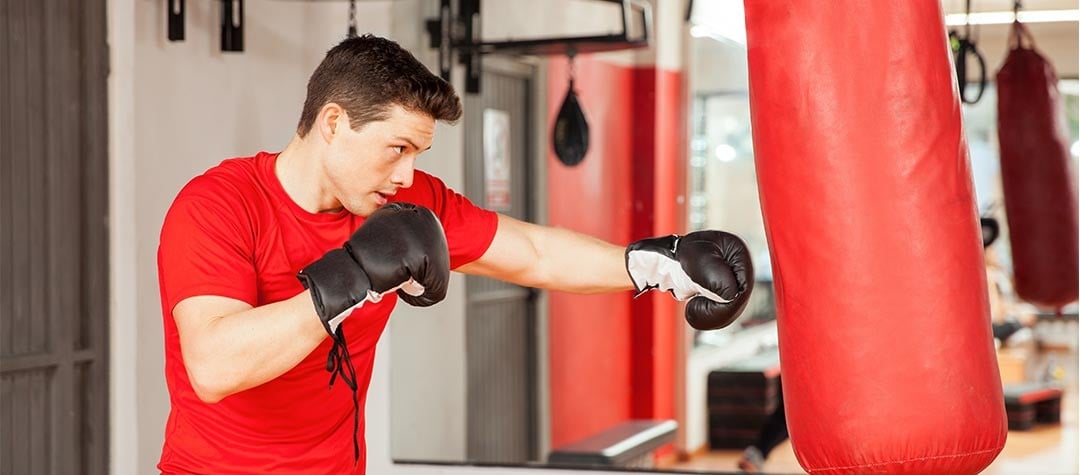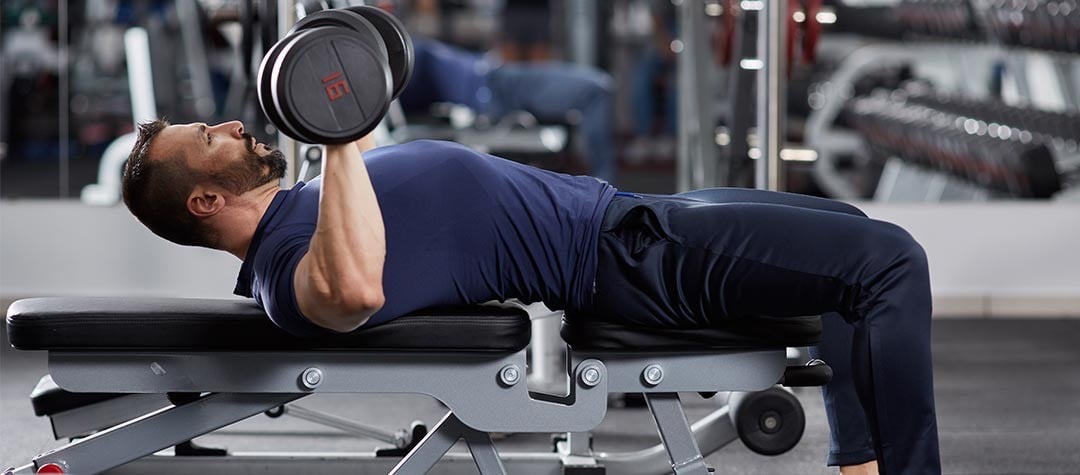Unsure about how cardiovascular training works and why you should do it? Read these common cardio questions and find out why you should include some CV in your workouts.
What are the benefits of cardiovascular training?
Cardiovascular (CV) training has many physiological and psychological benefits and should make up a significant part of any fitness plan. CV training boosts your metabolism and aids weight loss, increases your breathing rate and raises your heart rate . It also strengthens your heart muscle and improves your stroke volume (the amount of blood the heart can pump around the body with one contraction.) Through cardio training, your muscles receive more oxygenated blood, which assists with the removal of waste products such as lactic acid therefore increasing your endurance capabilities. CV training also benefits your psychological well being by relieving stress through the release of endorphins.
Should I be wearing a heart rate monitor when doing cardiovascular training?
You would benefit from wearing a heart rate monitor during your CV workout. It is a useful tool to help you keep track of the intensity you are training at. You can use the monitor to calculate your maximum heart rate and heart rate zone. To find out this zone, you should subtract your age from 220 to find your maximum heart rate. Then by calculating 60 per cent and 85 per cent of that figure you will know the intensity you should be working between during your cardio sessions to see the best results. During a high intensity session, you should be working at 75 per cent of your maximum heart rate. For moderate cardio, this range drops to 60 per cent - 70 per cent.
How much cardiovascular training should I be doing and how often?
It really depends on your level of fitness and what your training goals are. If you are a beginner, you could start by doing 10-20 minutes of cardio and gradually build up the duration of your sessions to 30 minutes and above. General guidelines tend to recommend on average around 30-60 minutes of moderate cardio activity most days a week, or 20 minutes of intense activity three times a week. You should consider your own fitness level and fitness goals in relation to these guidelines. Fit your cardio alongside other types of training disciplines and rest days.
How will cardiovascular training help me to lose weight?
During cardiovascular training, your body is working aerobically. The aerobic system uses both glycogen (stored carbohydrates) and fat as energy sources. As a result of this, CV training increases the amount of fat your body burns, and therefore would help you lose weight. Mixing up the intensity of your cardio activity will help to optimise this process in your body. However it is important to remember that weight loss will only happen if you create a ‘calorie deficit’. Through your training, you need to be burning more calories than you are consuming to see any impact on your weight.
Should I vary my cardio training, or stick at the same programme?
As with any training plan, it is always wise to mix things up every so often, so that your body does not get too used to a certain exercise, as this can result in your fitness reaching a plateau . If you suddenly stop seeing results from your workouts, then you should look at changing your fitness plan to combat this progress halt. Or if you find it difficult to motivate yourself to continue training, or your fitness goals change, it is also worth altering your programme. Vary factors such as the environment where you train (indoors or outdoors) or the activity you do, will help to keep your training interesting and engaging.
Last time I tried cardio training, I did not enjoy it. But I still want to fit it into my training plan, how can I accommodate this?
The most important thing you should remember is to choose something that you will enjoy. You are much more likely to stick to a CV training plan if you enjoy the activity you are participating in. If you don’t like running, then you could try cycling or swimming. Pick something you know you will be able to do a few times a week. Similarly if you dislike training at the gym , then try training outdoors. Many people also find they struggle with motivation when training alone. If this is the case for you then try training with a partner or as part of a group to push yourself further.
Should I do my weight training before or after cardiovascular training?
You should usually try and aim to do weight training first, then cardio. It is thought that sticking to this sequence and completing weight training before cardio will result in a more energy efficient workout. Weight training is a shorter duration, high intensity activity, so by completing this first, your body will use glycogen for energy. Then when you progress onto cardio training, once your remaining glycogen stores have been utilised, your body will then begin to use fat stores for energy. However if you complete moderate intensity weight training, and wanted to do moderate cardio before hand, it would not have any adverse effect on your workout, it just may not be as energy efficient.
Do I need to do CV training on an empty stomach?
The theory behind fasting before cardio is that the body will use stored fat as an energy source, because no energy has been derived from food consumed before the activity. However, research has shown that the body has a tendency to use protein as an energy source rather than stored fat, therefore leading to the depletion of muscle mass. As a result of fasting, individuals might experience symptoms such as: dizziness, fatigue or a lack of concentration if they workout on an empty stomach. Fasting before CV training could lead to an inadequate workout because you don’t have the energy to train at the intensity or duration you could potentially do with the correct fuel.
What are HIIT sessions?
HIIT stands for High Intensity Interval Training, and is one of the top fitness trends in the world. The technique involves fast, intense bursts of exercise, followed by quick recovery periods, or low intensity activity. The main benefit of a HIIT workout is that your body keeps burning fat long after the activity has finished. This is known as EPOC: Excess Post-exercise Oxygen Consumption. Your body will intake a large amount of oxygen in recovery to restore it to its usual resting level after the oxygen deficiency experienced during the high intensity session. The sessions will help to speed up your metabolism and as part of its recovery; your body will continue to burn fat after the session has finished.
What are the common cardio training mistakes people make and how can I avoid these?
One of the most common mistakes people tend to make when doing cardio training is they get on a treadmill and stick to a leisurely stroll every time they go to the gym. By doing this your body will just adapt and you will stop seeing progress. If your main aim is to lose fat then you should be training in your optimal training zone. Or you could try interval training at a higher intensity to see better results. Another common mistake people make is they do not have enough variety in their training plan; this can also lead to a plateau in your fitness progress.














